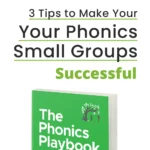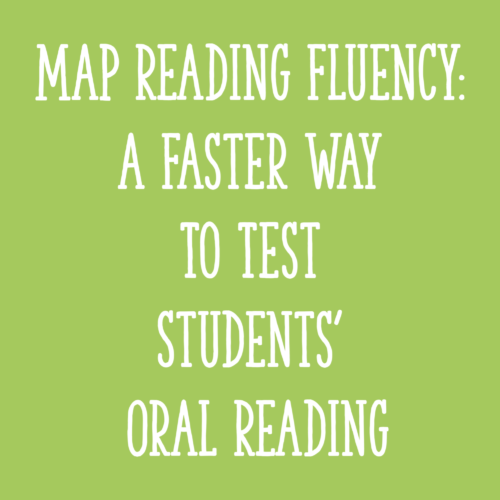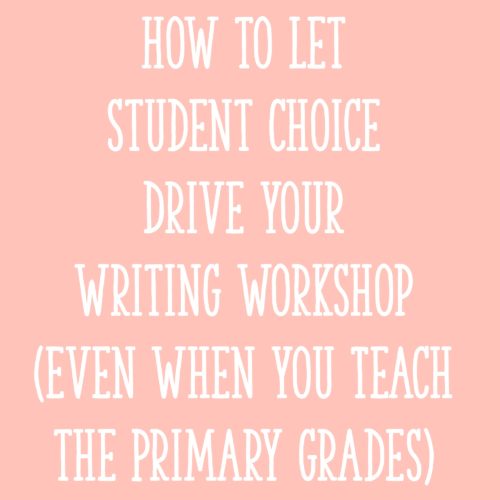Phonics instruction is a foundational part of literacy education, laying the groundwork for reading and writing skills. However, in any classroom, students come with a diverse range of needs and abilities.
As teachers, we have a few different ways we can meet those needs during phonics lessons. (In my book, The Phonics Playbook, I go over in detail 3 effective models for helping you differentiate your phonics instruction.)
For this particular blog post, I’m going to focus on the first model: built-in differentiation during whole group phonics lessons. Teaching whole group phonics lessons can present challenges when students have varying levels of proficiency. We can’t just “teach to the middle.” If we do that, struggling students likely won’t make good progress along the phonics continuum, and advanced students will not progress either.
But the good news is that you CAN teach a phonics lesson to an entire class of students and still meet individual kids’ needs! Let’s dive into some specific strategies to help you do that.
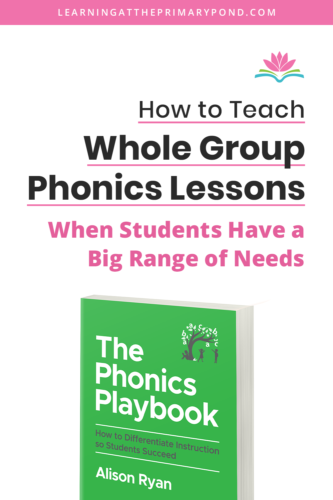
Whole Group Phonics Lessons
For whole-group phonics, including built-in differentiation, all students are taught the same phonics lesson, at the same time, on a daily basis. For example, if the upcoming skill in the scope and sequence is vowel teams, the entire class would be together for a lesson and activities on vowel teams. Let’s break down 3 specific ways to differentiate.
Blending and Word Reading Practice
One critical need for differentiation is during blending and word reading practice.
Blending refers to a student’s ability to say each sound in a written word and blend the sounds together. Example: A child sees the word “gum” and says “/g/ /u/ /m/ — gum.”
Blending can also refer to a student’s ability to merge sounds together and come up with a word (no alphabet letters involved; pure phonemic awareness skill). Example: You say /h/ /a/ /t/, and a child says “hat.” For our purposes here, however, we’re focusing on the first definition, which involves written words.
To differentiate during blending and word reading, have your lower students blend/read fewer words, words with less complex features, and words without inflectional endings.
Have your higher students blend/read a few more words, words with more complex features, and more multisyllabic words.
Let’s continue to use the example of vowel teams. If the vowel team “oa” is the focus for a particular lesson, here’s what differentiation could look like:
- Lower students could have one word list with fewer words to read/blend. Higher students could be given a different word list with more “challenge words.”
- Lower students could be blending/reading simpler words like oak, oat, coat, soap, loaf, roam, toad, goal. Higher students could be blending/reading more complex words such as groan, float, throat, croak, coach. Note how higher students have words including digraphs and blends.
- Lower students could read words without inflectional endings, like soak and boat. Higher students could have words with inflectional endings like soaked and boating.
- Last, for a challenge, higher students could blend/read multisyllabic words with “oa,” such as unload, oatmeal, and coastline.
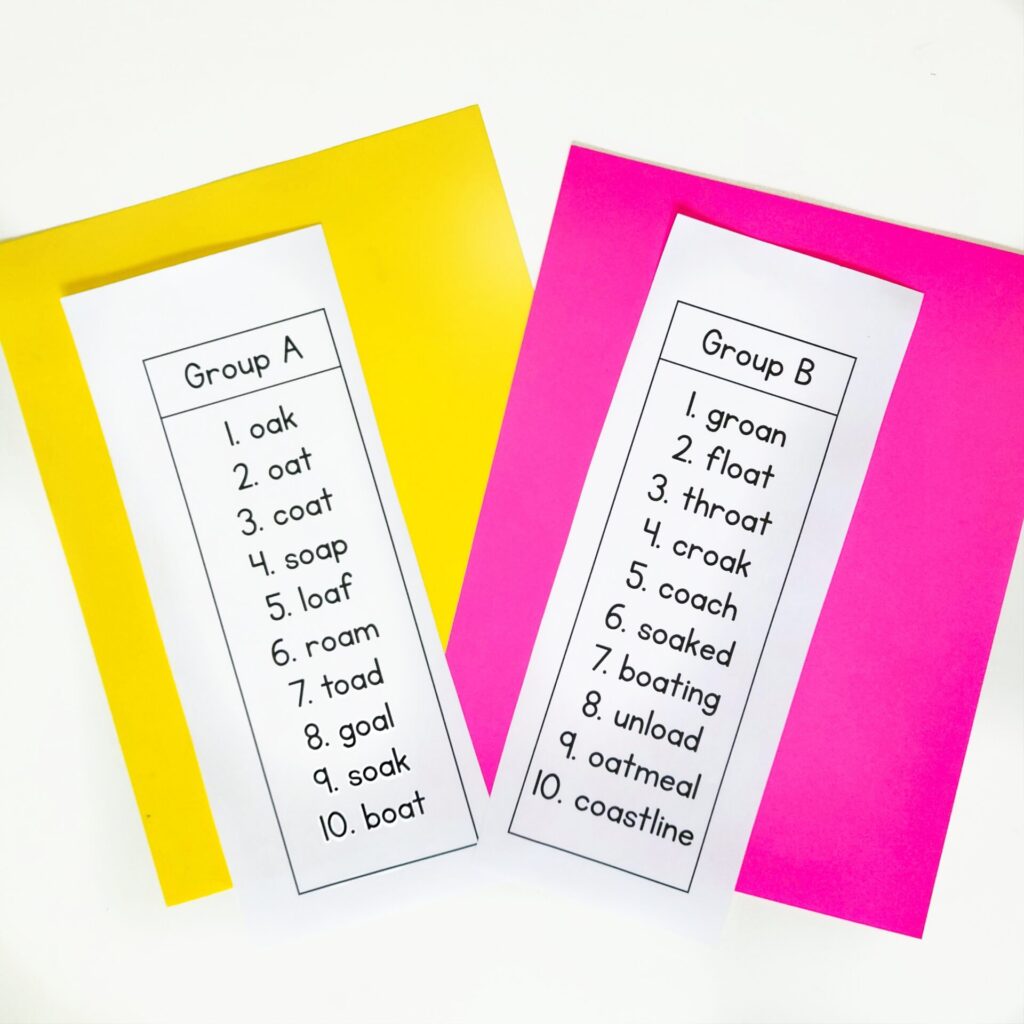
Word Building and Dictation
The examples of differentiated words I provided in the above section could also apply to word building and dictation. Less advanced students could be asked to build words with magnetic tiles or dictate words on whiteboards from List A. Students a bit more advanced could build words from List B.
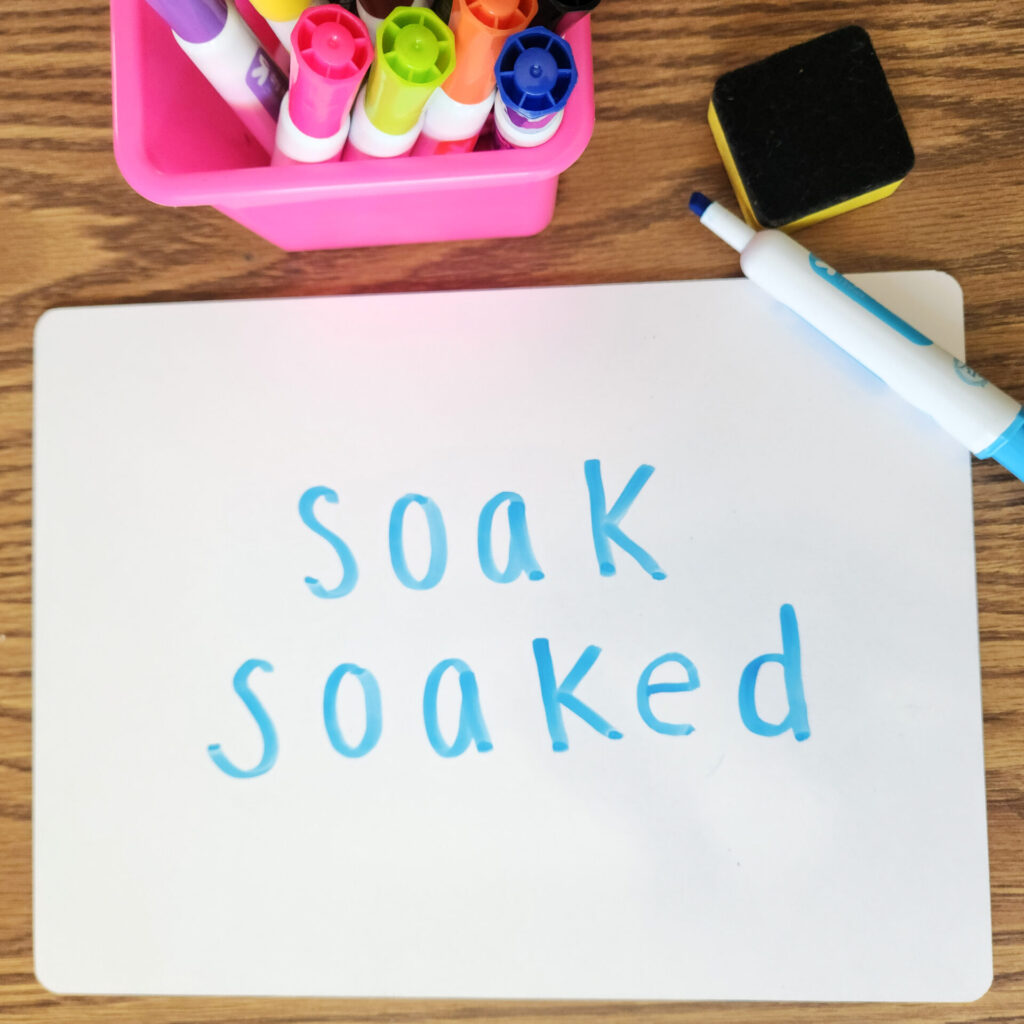
Logistically, this can be a little tricky. If you are in a whole group setting, it might be difficult to say to one group “Write ‘oat’ on your whiteboard,” and then to the second group “Wait, don’t write ‘oat!’ Write ”float’ instead!” You might have to strategically seat the more advanced students in one area of the classroom during whole group phonics. This way, you could prep them ahead of time: “You’re going to have a slightly different set of words.” Then, circulate over to that part of the room and say “Your next word is ‘float,'” etc.
Another, less complicated, option is to choose a set of words that includes a few easier and more difficult words (a little something for everyone).
If you have another adult in the room, this would also be a great opportunity to utilize their support here for reading a different set of words to one group of students during word building and dictation.
Decodable Text Reading
Decodable texts are written for young readers who don’t yet have a complete grasp of all phonics patterns or phonics rules. They are “learn to read” tools that give readers practice with decoding words. Decodable texts provide opportunities for students to apply their growing phonics knowledge to real reading. But what does that look like in terms of differentiation?
For students who may struggle a bit, consider finding shorter texts that are just focused on a few words with the targeted phonics pattern. You can model and practice decoding MORE words in the text before they begin reading. Also, have them highlight all the words with the specific phonics pattern ahead of time. (Note: this means that you might have to pull your lower readers together in a group, while the other students read their decodables independently or with partner support.)
For more advanced students, look for longer texts and options with more multisyllabic words. One thing to consider with higher students is that you may not even need decodables. They could be ready for more leveled texts with support. (For more information on the difference between decodable texts and leveled books, check out these two blogs: “Decodable Books: How to Best Use Them and Where to Find Them” and “Are Leveled Books Bad?”)
Conclusion
Teaching whole group phonics lessons in classrooms with diverse student needs requires careful planning, differentiation, and flexibility. By implementing some of the strategies above, you can create inclusive and effective phonics instruction that supports all learners in developing essential literacy skills. Remember, the ultimate goal is to empower every student to become confident and proficient readers and writers, regardless of their starting point!
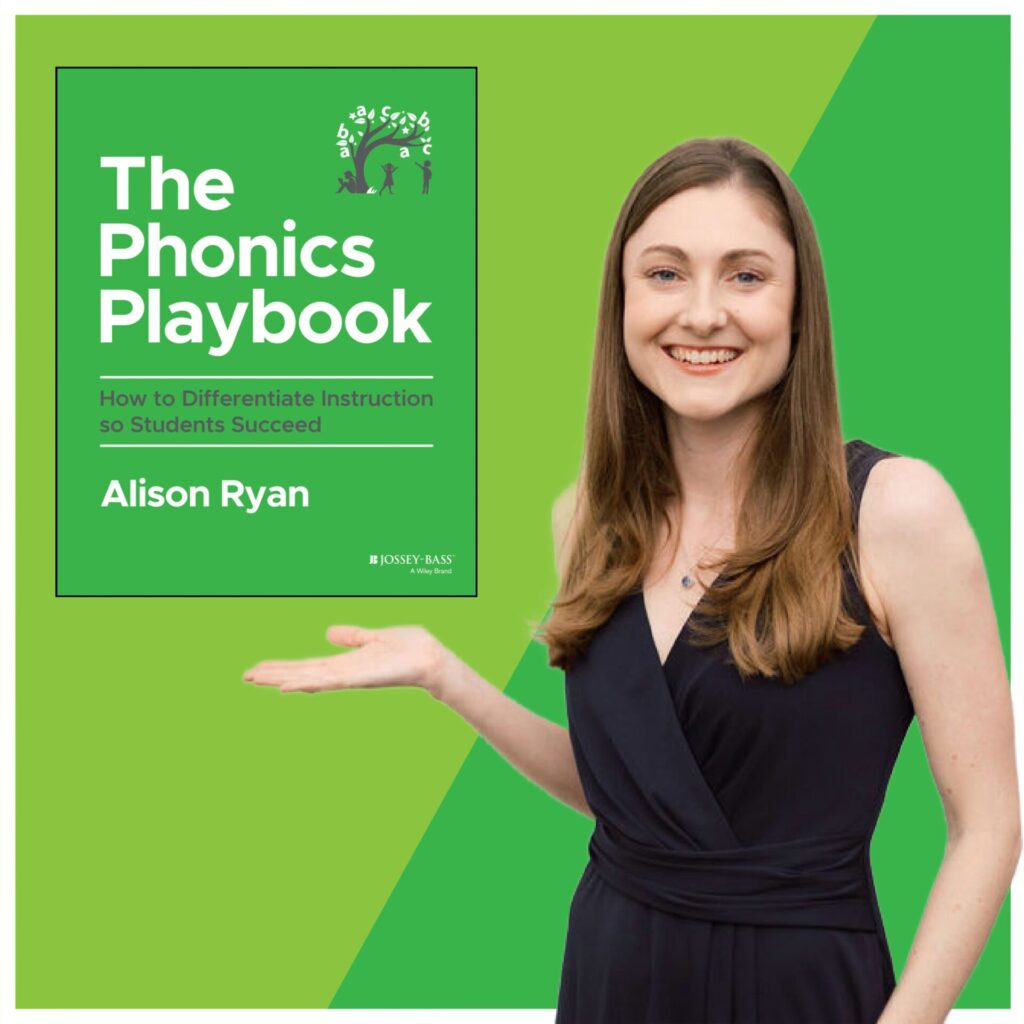
The Phonics Playbook is packed with research-backed differentiation strategies for K-3 teachers! This guide will help differentiate your phonics instruction so that ALL students succeed!
Happy teaching!


